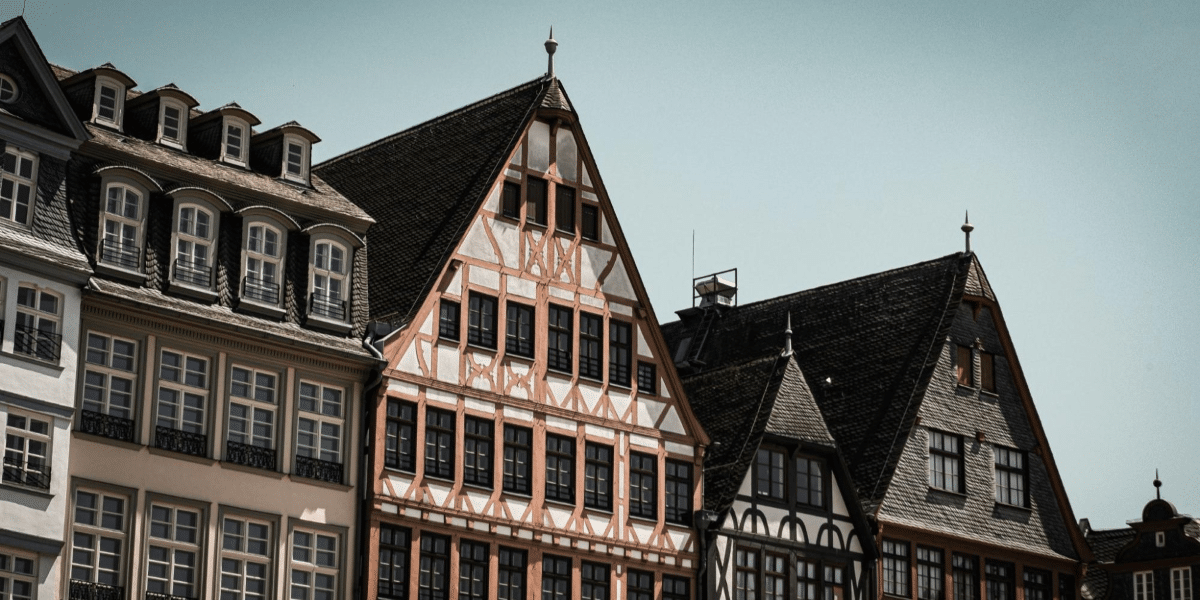Preserving historic architecture is vital for maintaining urban landscapes’ cultural and historical identity. These structures serve as living relics of the past, connecting modern generations to the values, traditions, and artistry of those who came before. Beyond their aesthetic appeal, historical buildings are crucial in boosting economic activity, attracting tourism, and creating vibrant commerce and community engagement hubs.
However, preserving these structures is challenging. Urbanization, financial constraints, and the need to adapt to current lifestyles often pressure heritage sites, requiring innovative solutions. Cities can balance progress and preservation by integrating sustainability, leveraging technology, and fostering partnerships between communities and governments. Successful examples from cities like Savannah, Kyoto, and Prague provide practical insights into how historical and modern elements coexist harmoniously, as discussed by Androsky Lugo.
Importance of Historical Architecture in Urban Landscapes
Historical architecture is a tangible connection to a city’s cultural heritage, reflecting past generations’ values, traditions, and artistry. These structures preserve a community’s identity, offering a sense of continuity amidst the ever-changing urban landscape. They also symbolize a city’s unique story, fostering pride and belonging among its residents.
Many cities have leveraged their historical architecture to support tourism and economic development. Visitors are often drawn to areas where historic buildings remain intact, such as the cobblestone streets of Savannah, Georgia, or the preserved colonial homes in Williamsburg, Virginia. Beyond tourism, these sites often inspire local businesses, from boutique shops to restaurants, creating hubs of economic activity that benefit surrounding neighborhoods and residents.
Urbanization and Conservation: Finding Common Ground
The rapid expansion of cities has created a delicate balancing act between preserving historical architecture and meeting the demands of modern infrastructure. Skyscrapers, highways, and new housing developments often threaten to overshadow or replace these sites. Pressures can lead to difficult decisions as city planners strive to accommodate growing populations while maintaining the character of their communities.
In some cases, restoring old structures can be costly, and limited funding often forces municipalities to prioritize new construction over conservation. Despite these challenges, many urban centers are rethinking their approach by integrating preservation into broader development plans. Municipalities also turn to public-private partnerships to fund restoration, making projects more feasible in resource-challenged regions.
Innovative Approaches to Preservation
Repurposing historical buildings has emerged as an effective approach to breathe new life into aging structures while maintaining their historical value. Old warehouses have been transformed into vibrant art galleries, and historic train stations now serve as bustling marketplaces. These creative adaptations allow cities to honor their past while meeting current needs, showcasing how preservation can align with progress.
Cities like Boston have demonstrated the importance of thoughtful urban planning in safeguarding historical sites. Laws protecting heritage zones and strict regulations on new construction have helped maintain the city’s architectural charm. Blending modern design with historic aesthetics has successfully created spaces that respect their past without compromising functionality, offering inspiration for other urban centers facing similar dilemmas. Boston’s balance between history and modernity has become a model for urban development worldwide.
Sustainability in Restoration Efforts
Restoration projects prioritizing sustainability protect historical architecture and reduce urban development’s environmental impact. These efforts minimize waste and promote conservation by using reclaimed materials and incorporating energy-efficient technologies. Restoring a building often requires fewer resources than demolishing and starting anew, making it an environmentally conscious alternative that aligns with global efforts to combat climate change.
Incorporating green design into restoration ensures that historic buildings remain functional in the modern era. Solar panels and improved insulation can be seamlessly added without compromising the structure’s architectural integrity. These enhancements allow cities to honor their past while addressing contemporary environmental challenges, proving that preservation and sustainability can go hand in hand.
Collaboration Between Communities and Governments
Preservation thrives when communities and governments work together. Residents often play a crucial role in advocating for the protection of historical sites and organizing campaigns to raise awareness and funding. Grassroots efforts can influence policymakers to prioritize conservation, creating a collective sense of responsibility for safeguarding architectural heritage.
On the governmental side, grants and tax incentives have proven effective in encouraging restoration projects. Cities that partner with private organizations and non-profits often achieve more comprehensive preservation goals. Such collaborations leverage diverse resources and expertise, ensuring that preservation initiatives are both ambitious and achievable. A shared commitment between public and private entities fosters a sense of unity, making preservation a communal success story.
Lessons from Successful Preservation Projects
Cities like Prague and Kyoto have demonstrated how meticulous preservation can coexist with modern urban living. In Prague, carefully maintaining Gothic and Baroque architecture creates a seamless blend of history and modernity, attracting millions of visitors annually. Similarly, Kyoto’s temples and tea houses have been preserved alongside contemporary amenities, offering a window into the past while serving the needs of residents.
Technological advancements have also revolutionized preservation efforts. Digital tools like 3D modeling and virtual archives allow architects to study and restore intricate details of historical structures with unprecedented precision. These innovations ensure that even the most delicate features of a building can be preserved, extending their lifespan for future generations. By learning from these successes, cities worldwide can adopt strategies that protect their heritage while embracing progress.
Published by: Jon H.














